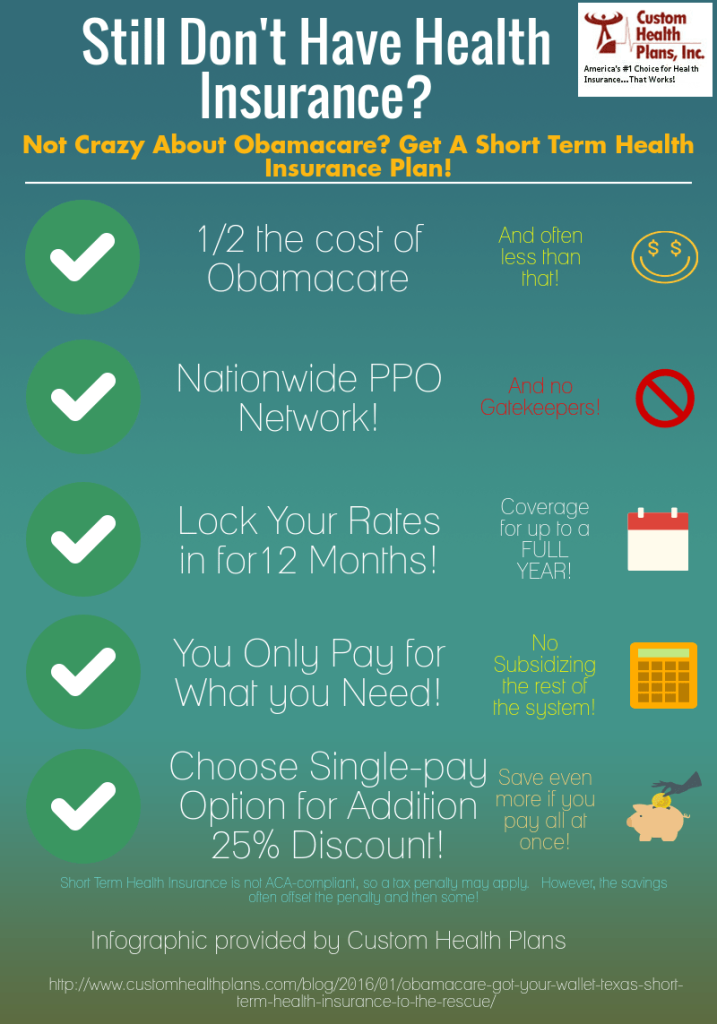The Main Principles Of Medicare Advantage Agent
The Main Principles Of Medicare Advantage Agent
Blog Article
Medicare Advantage Agent Can Be Fun For Anyone
Table of ContentsThe Facts About Medicare Advantage Agent RevealedThe Medicare Advantage Agent StatementsMedicare Advantage Agent for Beginners

follows from confusing the puzzling young age profile of the uninsured with the better healthMuch better wellness average, of younger persons. For those without access to work environment health insurance policy, bad wellness is a possible obstacle to purchasing nongroup coverage since such coverage might be extremely valued, exclude pre-existing conditions, or be simply not available. Unless or else noted, nationwide price quotes of people without health and wellness insurance and proportions of the population with different kinds of insurance coverage are based on the CPS, the most widely used resource of price quotes of insurance protection and uninsurance rates.

The smart Trick of Medicare Advantage Agent That Nobody is Talking About
Over a three-year period starting early in 1993, 72 million individuals, 29 percent of the U.S. populace, lacked coverage for at the very least one month. Within a single year(1994), 53 million individuals experienced at the very least a month without coverage(Bennefield, 1998a). Six out of every 10 without insurance grownups are themselves utilized. Although working does improve the chance that a person and one's household members will have insurance policy, it is not a warranty. Also members of households with two permanent breadwinner have almost a one-in-ten opportunity of being without insurance (9.1 percent uninsured price)(Hoffman and Pohl, 2000 ). The partnership in between medical insurance and access to care is well developed, as recorded later on in this phase. The relationship between health insurance coverage and health outcomes is neither direct neither basic, an extensive clinical and health and wellness solutions study literature links health insurance coverage
to improved access to care, better quality, and improved personal and population populace health and wellness. For instance, the 2nd record, on personal wellness outcomes for without insurance adults, is represented by the innermost circle of the number, while the third record, on family wellness, includes the topics of the second report but highlights a different unit of analysis, particularly, the family members. The 6th record in the series will certainly offer details concerning strategies and initiatives undertaken in your area, statewide, or country wide to attend to the absence of insurance and its adverse influences. Degrees of evaluation for analyzing the impacts of uninsurance. This conversation of wellness insurance protection focuses mostly on the united state populace under age 65 since virtually all Americans 65 and older have Medicare or other public coverage.
In addition, it focuses specifically on those without any type of health insurance for any type of length of time. The problems encountered by the underinsured remain in some respects comparable to those faced by the uninsured, although they are typically less extreme. Uninsurance and underinsurance, nevertheless, involve distinctly different policy problems, and the methods for resolving them might vary. Throughout this research study and the five records to follow, the primary focus is on persons without any wellness insurance policy and hence no support in paying for healthcare past what is available via charity and safeguard institutions. Health insurance policy is an effective element impacting receipt of care because both clients and medical professionals reply to the out-of-pocket rate of services. Wellness insurance, nevertheless, is neither essential nor enough to access to clinical services. Nonetheless, the independent and direct effect of health
insurance policy coverage on access to health services is well developed. Others will certainly get the healthcare they require also without health insurance coverage, by paying for it expense or seeking it from providers that use care free or at extremely subsidized prices. For still others, medical insurance alone does not ensure invoice of care as a result of various other nonfinancial barriers, such as an absence of wellness care service providers in their neighborhood, limited access to transport, illiteracy, or linguistic and cultural differences. Official research about without insurance populaces in the USA dates to the late 1920s and early 1930s when the Board on the Price of Healthcare created a collection of reports about funding physician workplace visits and hospital stays. This problem became prominent as the varieties of clinically indigent climbed throughout the Great Clinical depression. Empirical research studies continually support the link in between access to care and improved wellness outcomes(Bindman et al., 1995; Starfield, 1995 ). Having a regular resource of care can be thought about a forecaster of gain access to, instead of a direct procedure of it, when wellness outcomes are themselves made use of as gain access to indicators. This extension of the notion of accessibility measurement was made by the IOM Committee on Keeping An Eye On Access to Personal Healthcare Solutions(Millman, 1993, p. Whether or not moms and dads are insured appears to impact whether their kids obtain care along with exactly how much careeven if the children themselves have protection(Hanson, 1998). The wellness of parents can impact their capacity to take care of their children and the level of family tension. Fretting about their children's accessibility to care is itself a source of anxiety for moms and dads. 3 chapters comply with in this record. Phase 2 supplies a summary of exactly how employment-based medical insurance, public programs and specific insurance plan run and communicate to provide comprehensive however insufficient insurance coverage of the U.S. populace. This consists of a testimonial of historical fads and public plans impacting both public and exclusive insurance coverage, a discussion of the interactions amongst the different types of insurance, and an examination of why individuals move from one program to one more or wind up

Report this page